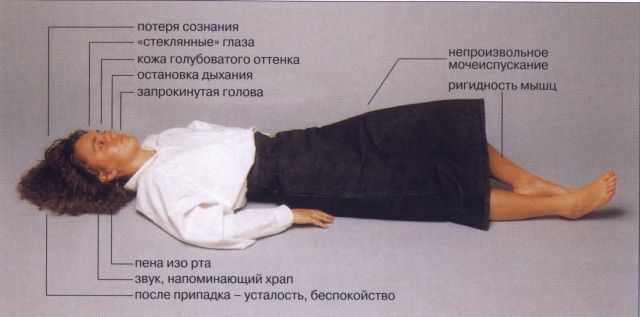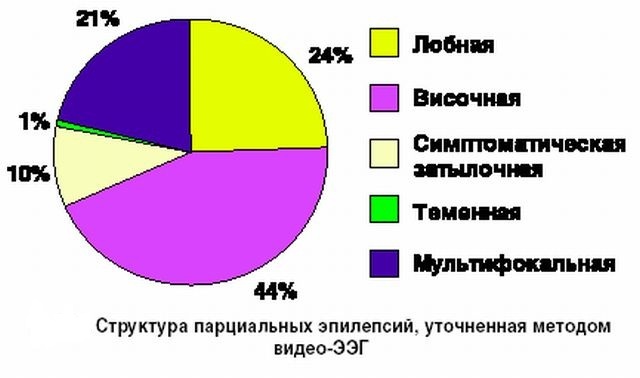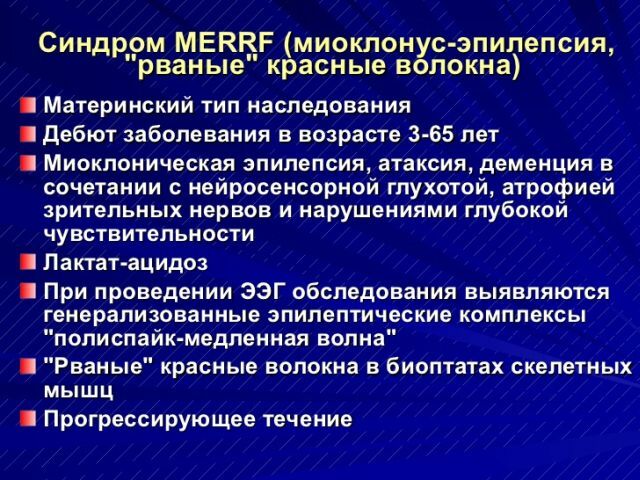 Epilepsy refers to chronic brain diseases, which are characterized by spontaneous, short-lived, rarely occurring seizures.
Epilepsy refers to chronic brain diseases, which are characterized by spontaneous, short-lived, rarely occurring seizures.
This neurological disease occurs quite often.
Epileptic seizures occur in every hundredth inhabitant of the Earth.
Falling disease, leading to disability
In most cases, epilepsy is a congenital disease and its first signs appear even in childhood and adolescence. In patients, the threshold of brain excitability decreases, but there is no damage to the brain substance. Only changes in the electrical activity of nerve cells can be observed.
This type of epilepsy is called primary( idiopathic).He gives in to treatment, proceeds benignly and with the age the patient can completely get rid of reception of tablets.
Secondary( sympotmatic) epilepsy develops if the metabolism is broken in the brain or there is damage to its structure.
These changes are due to various pathologies:
- underdevelopment of the brain structure;
- received craniocereberal trauma;
- of advanced infectious diseases;
- due to strokes;
- in the presence of tumors;
- as a consequence of alcohol and drug dependence.
This form of epilepsy can occur at any age. She does not give in to treatment, but if she cope with the cause of the disease, you can get rid of epileptic seizures forever.
Types of epileptic seizures
There are two basic types of seizures:
- Partial .There are more often. They start when a focus of increased
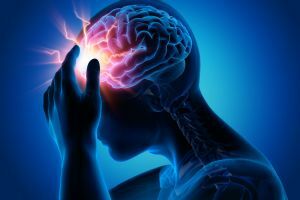 of electrical excitability is formed in a certain area of the brain. The manifestations of an epileptic attack depend on where the hearth originated in the brain. A person remains conscious, but can not control a part of the body, unusual sensations may appear in him, in difficult cases he can lose orientation in space and stop reacting to external stimuli. At the same time, he can perform the action begun before the attack: walking, smiling, singing, etc. A partial attack can go to generalized.
of electrical excitability is formed in a certain area of the brain. The manifestations of an epileptic attack depend on where the hearth originated in the brain. A person remains conscious, but can not control a part of the body, unusual sensations may appear in him, in difficult cases he can lose orientation in space and stop reacting to external stimuli. At the same time, he can perform the action begun before the attack: walking, smiling, singing, etc. A partial attack can go to generalized. - Generalized causes loss of consciousness. Man completely loses control over his actions. These seizures are caused by excessive activation of deep sections with further involvement of the entire brain. Such a state does not necessarily lead to a fall, becausenot always broken muscle tone. The attack begins with the tonic tension of all muscle groups, which can lead to a fall. Then follow the clonic convulsions, during which the flexing and extensor movements of the hands, legs, movements of the head and jaws begin. In children, generalized seizures can manifest as absences. The child freezes on the spot, his eyes become unconscious, you can observe the twitching of the muscles of the face.
All seizures last 1-3 minutes. After them, a person feels weak and drowsy. The patient may not remember the onset of an attack. Attacks begin spontaneously, so patients with epilepsy can not drive a car, work with electricity or at altitude.
Also with such a disease you can not work with weapons, chemicals or gas.
Interstitial manifestations of epilepsy
During periods between attacks, abnormal electrical activity of the brain also exerts its influence on a person. He may have signs of epileptic encephalopathy.
This disease is especially dangerous for children. They slowed down the development of speech, learning is deteriorating, attention is reduced. In some cases, this leads to hyperactivity, attention deficit disorder, or autism. Almost all patients feel anxiety from time to time, suffer from migraine attacks.
When can I expect the group?
 In some cases, treatment leads to the fact that the symptoms of epilepsy completely disappear and the person recovers. The remaining patients need to constantly take special medications so that the seizures do not recur.
In some cases, treatment leads to the fact that the symptoms of epilepsy completely disappear and the person recovers. The remaining patients need to constantly take special medications so that the seizures do not recur.
At the same time they can live a full life and work. But if the seizures are repeated so often that a person becomes incapable of normal life and work, then he can expect to receive a group of disabilities.
In epilepsy, one of three groups of disabilities can be obtained, depending on the severity and frequency of seizures:
- In Russia, according to statistics, about 40% of patients receive the third group of , among them the majority are children. Everyone can get it if he suffers from episodes of moderate intensity and mild cognitive impairment. Patients who received this group are under social protection and continue to work.
- If a person experiences noticeable cognitive seizures, mental disorders, and as a result he can not fulfill his labor obligations, he can receive the second disability group .Children with this group can continue studying under special conditions.
- Only 2-4% of patients with epilepsy receive the first group of disability. At them strongly expressed dementia, illness proceeds in the serious form. Children with this form of the disease rarely live to adulthood.
Statistics on research data of the ITU Bureau
Epilepsy in the Russian Federation suffers one person out of a hundred. Ten percent of children suffer from severe forms of this disease.48.3% of men and 23.3% of women suffer seizures. Twilight disorders occur in 8.5% of patients.
5.4% of all patients in both sexes had partial and non-convulsive epileptic seizures. Only 1% of patients receive the first group of disability due to the fact that they have severe dementia.
For disability, mostly citizens of working age are employed who can not work because of their health condition.
Five steps to the cherished "crust"
How to get a disability in epilepsy:
- A neurologist who watches an adult patient at his or her place of residence should give him a referral to the medical and social
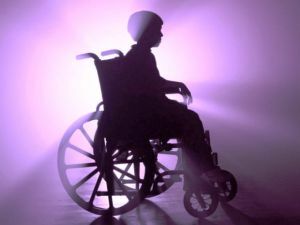 examination of ( ITU).The main cause of such treatment usually becomes a progressive course of the disease and loss of efficiency due to mental disorders and personality changes. You can also ask for directions in the social protection department of your city.
examination of ( ITU).The main cause of such treatment usually becomes a progressive course of the disease and loss of efficiency due to mental disorders and personality changes. You can also ask for directions in the social protection department of your city. - It is necessary for to undergo a series of medical examinations of : to pass an analysis of urine, blood, make a radiograph of the skull in two projections, undergo an examination of the fundus, electroencephalography, Echo-EG and computed tomography to get a psychologist's opinion.
- The commission will study the changes in mental abilities and characteristics of the character and make a prediction about the possibility of doing work.
- After recognizing the patient as a disabled person, issues a certificate confirming his status as .
- After ITU specialists develop a patient rehabilitation program within a month, they will be transferred to the Social Security Administration. After that, can apply to the social security authorities for the registration of the pension.
To apply for a disability of a child suffering from epilepsy, parents or guardians, it is necessary to take a referral to the ITU from a pediatric neurologist or pediatrician by first writing an application to the name of the head of the medical institution.
If the ITU recognizes the child as an invalid, then the assistance will be assigned to him from the day the application for referral for examination is submitted.

